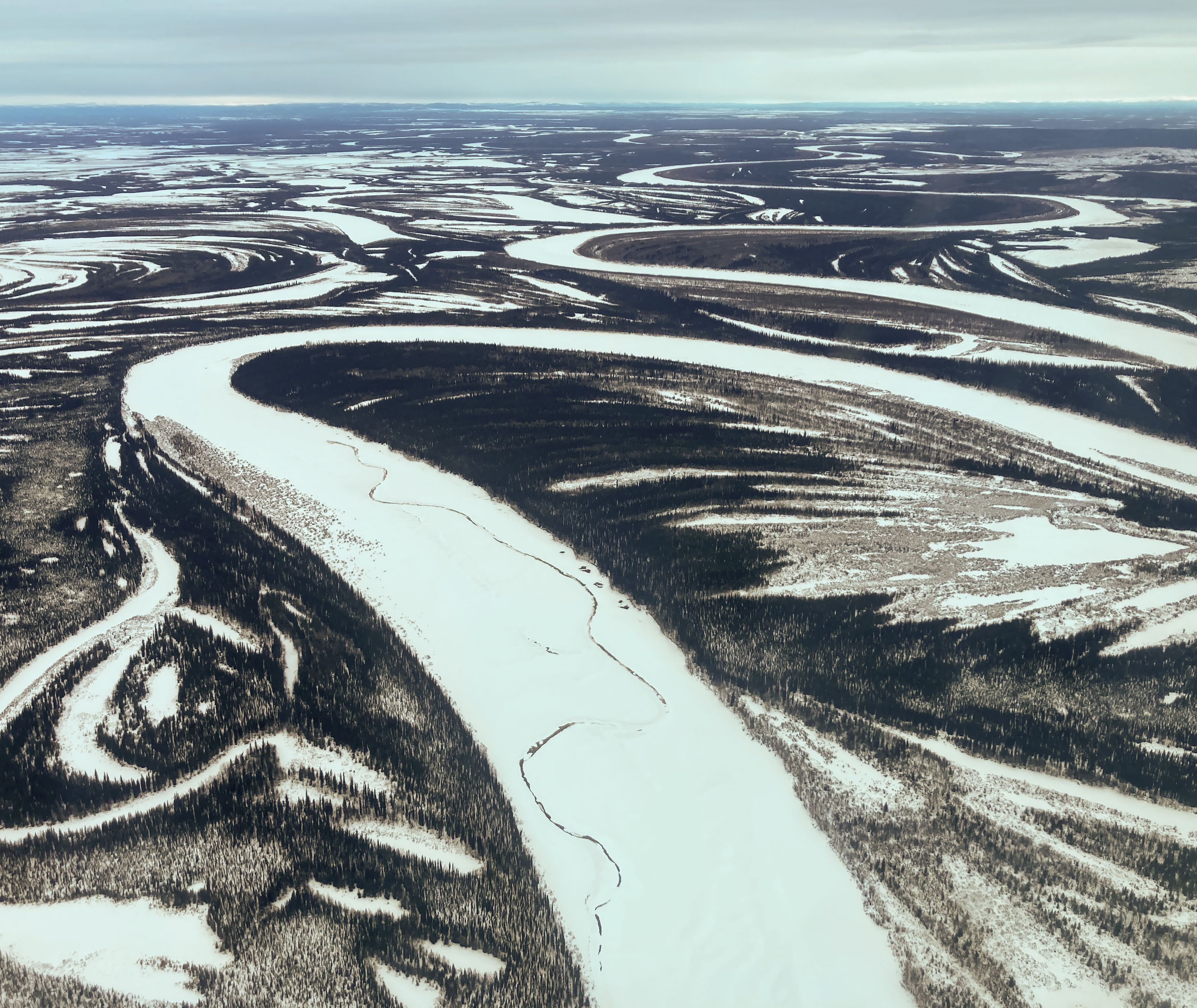Media release
From:
Climate change: Thawing permafrost may accelerate Arctic riverbank erosion (N&V)
Permafrost is found to slow down the rates of erosion in Arctic rivers, according to a study published in Nature. This finding may have implications for the infrastructure of the Arctic, including villages located near rivers, as well as for the rate at which carbon is transported by rivers.
The role of permafrost — ground that remains below freezing temperature for two or more consecutive years — in the erosion and migration of rivers remains unclear. Whether permafrost accelerates or slows riverbank erosion is a pressing issue as rising temperatures in the Arctic may begin to thaw the frozen ground.
Emily Geyman and colleagues analysed the Koyukuk River in Alaska using a novel computational method that allowed the researchers to study the river in a finer resolution than possible with traditional satellite imagery. They found that permafrost reduced the erosion of the Koyukuk River’s banks by 47%, compared with scenarios in which no permafrost was present. Geyman and colleagues also found that permafrost thaw may lead to a 30% to 100% increase in river migration rate in the Arctic. However, it remains uncertain how mechanisms such as increased vegetation in the wake of thawing permafrost may — or may not — strengthen riverbanks from erosion.
The authors note that 43% of Arctic villages are at least 1 km away from rivers; therefore, understanding how permafrost influences riverbank erosion is an important question. More specifically, migrating rivers pose an understudied hazard to Arctic infrastructure, ecology and water quality. Also, riverbank erosion in the Arctic could influence the rate at which carbon is transported by rivers.
Multimedia






 International
International


